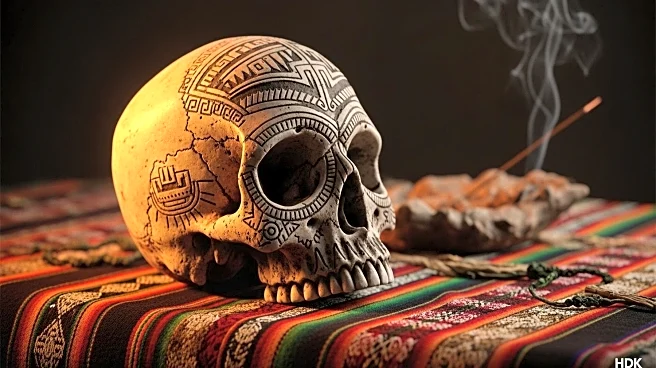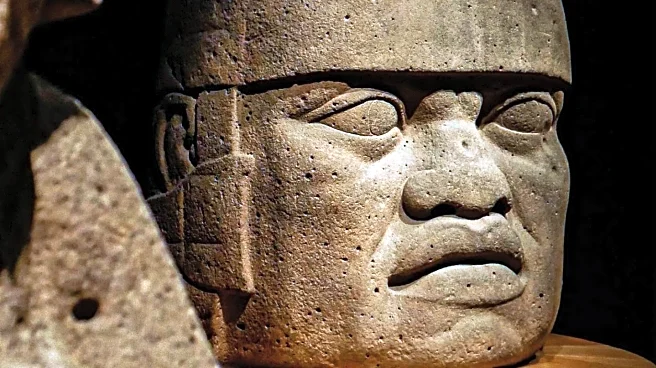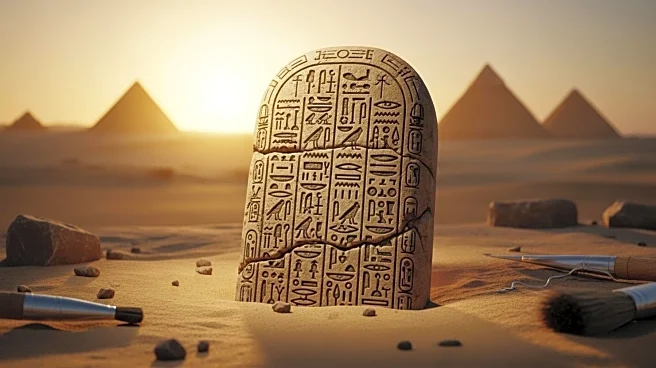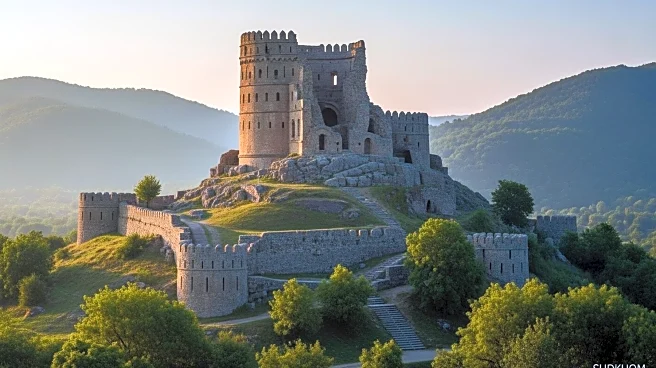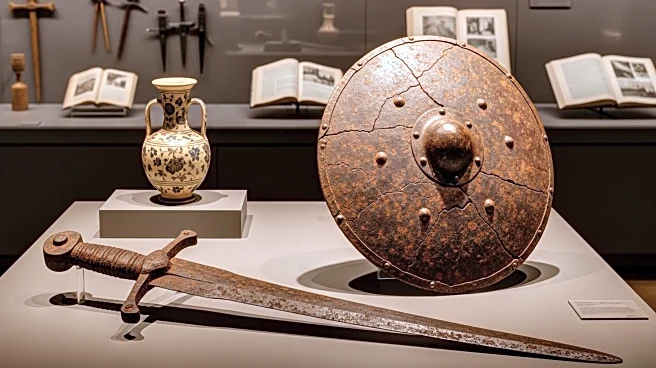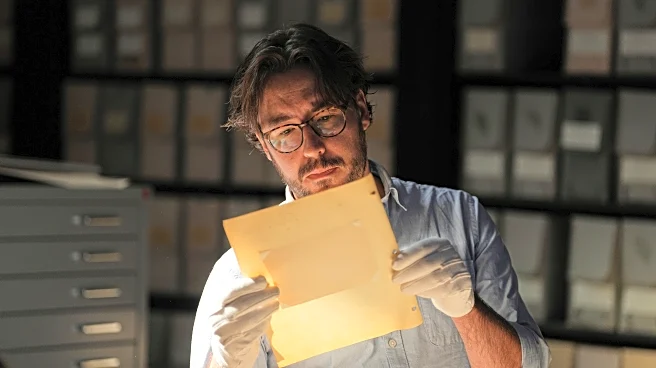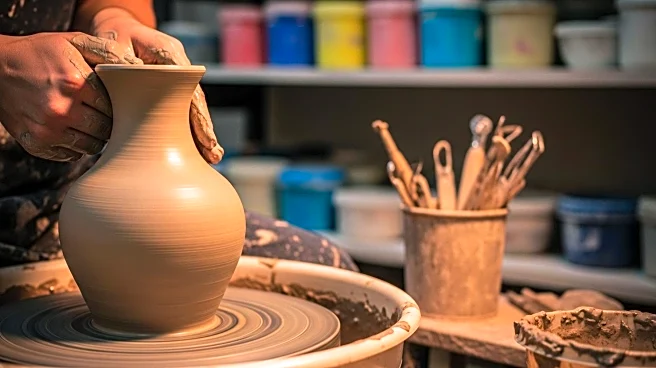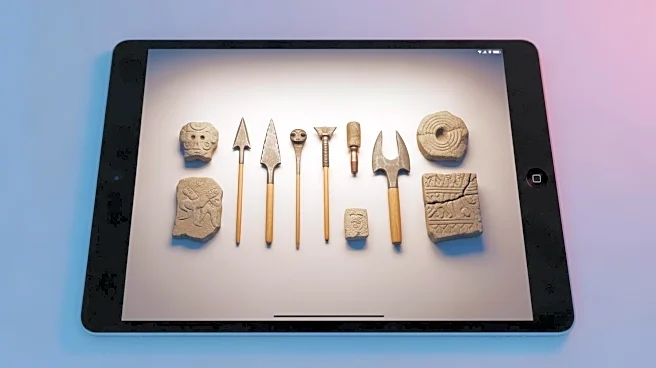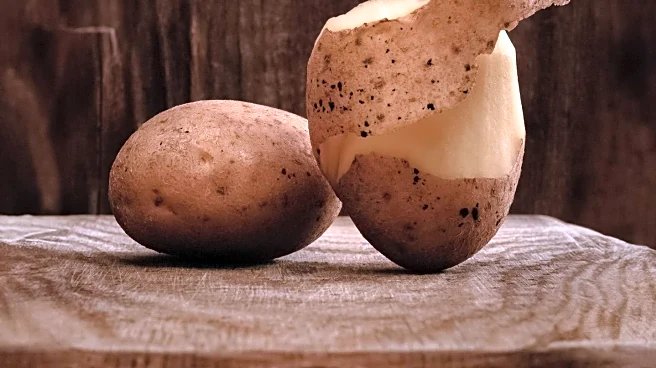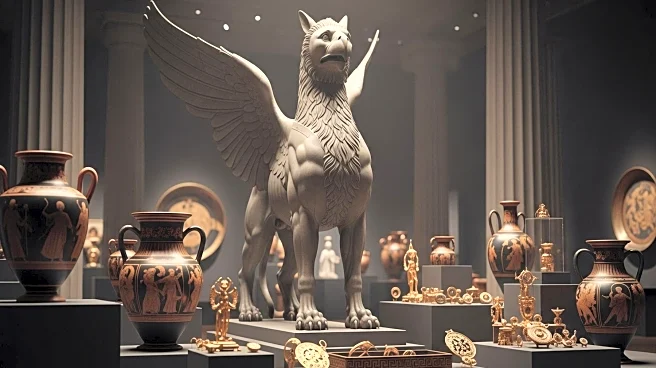What's Happening?
A recent study has uncovered new insights into a 350-year-old mummified head from Bolivia, which has been part of a Swiss museum collection since 1914. Initially believed to be the remains of an Inca individual, the head is now identified as belonging to a person from a different culture, likely the Aymara, an Indigenous group from the Bolivian Highlands. The study, published in the International Journal of Osteoarchaeology, reveals that the head underwent cranial deformation, a common practice in pre-Colombian South America, and features an incomplete trepanation, a process of drilling into the skull. The trepanation was not completed, suggesting it may have been performed for ritualistic or social purposes rather than medical reasons. The head was likely naturally mummified due to the cold and dry climate of the region and was probably taken from a 'chullpa,' a stone burial tower common in the area.
Why It's Important?
This discovery is significant as it challenges previous assumptions about the cultural identity of the mummified remains and highlights the complex social and ritual practices of the Aymara people. The study emphasizes the importance of non-invasive research methods, respecting the cultural heritage and potential wishes of the deceased. The findings contribute to a broader understanding of pre-Colombian societies in South America, offering insights into their burial practices and social structures. This research also underscores the ethical considerations in handling human remains, advocating for decisions regarding further analysis to involve communities connected to the individual.
What's Next?
The mummified head remains in the museum's collection, though it is not currently on public display. The museum is open to repatriation requests, which could lead to further discussions about the ethical handling and potential return of cultural artifacts to their countries of origin. Future research may involve more precise methods like isotopic or DNA analysis, contingent on the involvement and consent of related communities. This case may prompt museums worldwide to reassess their collections and the methodologies used in studying human remains.
Beyond the Headlines
The study raises important questions about the intersection of archaeology, ethics, and cultural heritage. It highlights the need for museums to engage with Indigenous communities and consider their perspectives in the management of ancestral remains. This approach could lead to a more inclusive and respectful practice in archaeology and anthropology, fostering collaboration between researchers and cultural descendants.
